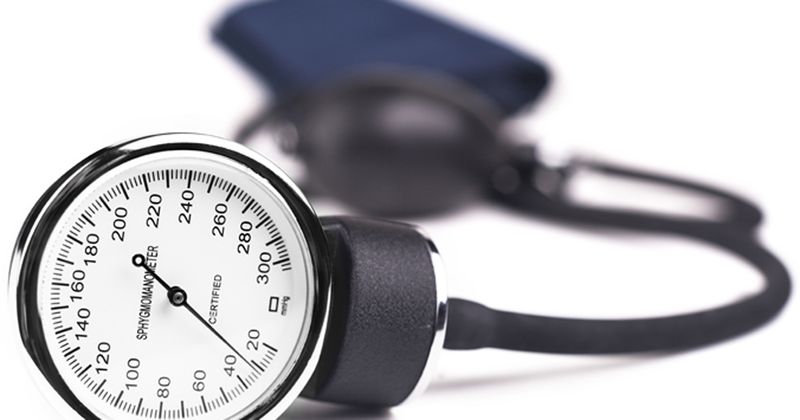USPSTF finds insufficient evidence to recommend BP screening in kids
In its final recommendation statement, the U.S. Preventive Services Task Force said there is insufficient evidence to assess the balance of benefits and harms of screening for high BP in asymptomatic children and adolescents.
The ‘I’ statement indicates that “clinicians should use their best judgment about whether or not to screen youth who do not have signs or symptoms” of high BP, Michael Silverstein, MD, MPH, task force member and director of the general academic pediatrics division at the Boston University School of Medicine, said in a statement. Physicians may find the USPSTF recommendations on screening for obesity and lipid disorders in children and adolescents relevant, the task force said.

Primary and secondary hypertension occurs in 3% to 4% of all children and adolescents in the U.S., according to the task force. Although the cause of primary hypertension in children is unknown, risk factors include family history and high BMI. Secondary hypertension occurs most often in younger children and is usually caused by cardiovascular abnormalities, endocrine disorders, genetic disorders and renal disease.
An evidence report that the USPSTF based its recommendation on examined 42 studies (n = 12,400) on hypertension screening and treatment in childhood and adolescence.
The researchers acknowledged the link between hypertension in childhood and hypertension in adulthood but said “the evidence is inconclusive whether the diagnostic accuracy of blood pressure measurements is adequate for screening asymptomatic children and adolescents in primary care.”
The USPSTF’s conclusion, which has not changed since it issued a statement on hypertension screening in children and adolescents in 2013, is consistent with guidance from the American Academy of Family Physicians. The AAP recommends screening all patients aged older than 3 years, regardless of hypertension risk, each year and using ambulatory BP monitoring to confirm the presence of hypertension. The American Heart Association and the National Heart, Lung and Blood Institute also recommend routine BP screening starting at age 3 years.
In a related editorial, Priya Verghese, MD, MPH, and Debora Matossian, MD, MS, both from the Ann & Robert Lurie Children's Hospital of Chicago, agreed with the latest USPSTF statement.
“Yet this conclusion does not address the real questions, including: How can clinicians properly measure blood pressure in children? What does elevated blood pressure in childhood mean as children evolve into adults? What interventions can reduce or prevent these potentially negative consequences?” Verghese and Matossian wrote. They added that the current and future cardiovascular health of pediatric patients would benefit from answers to these questions.
References:
- Gartlehner G, et al. JAMA. 2020;doi:10.1001/jama.2020.11119.
- US Preventive Services Task Force. JAMA. 2020;doi: 10.1001/jama.2020.20122.
- Verghese P, Matossian D. JAMA. 2020;doi:10.1001/jama.2020.21711.
